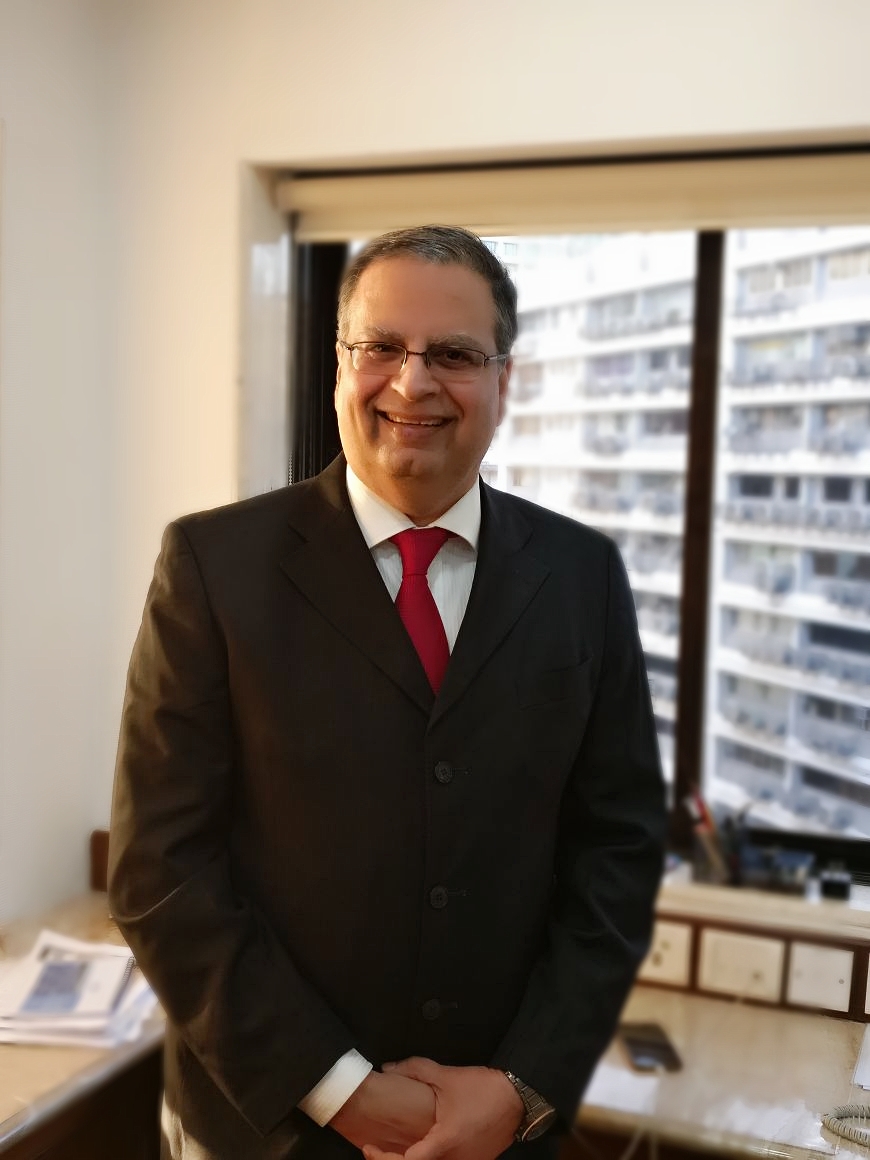pv magazine: A recent report by Wood Mackenzie suggests PV module innovations will lower solar installation costs in the coming decade. According to you, what are the top technology trends best placed to drive this cost reduction while enhancing performance? Will wafer size continue to dictate the evolution?
Avinash Hiranandani: Innovation is a constant in the solar PV industry. Technology and manufacturing processes are improving, which has resulted in a reduction in module prices and solar power costs.
This trend is visible in the significant drop in module prices and correspondingly in the levelized cost of energy (LCOE) over the past decade as well; it will continue as the thrust for innovation continues. PV module costs will undoubtedly see a further reduction.
Technology-wise, Mono PERC is here to stay. It is driving module efficiencies up and bringing down costs. Wafer sizes are also going up, and this trend too will continue for a while before it plateaus. I think 180+ mm sizes will dictate the evolution of the next generation of solar modules.
pv magazine: Given their advantages, are cut-cell modules the future for Indian PV installations? As a manufacturer, what’s your approach to this shift?
Avinash Hiranandani: Traditionally, full-cell modules have been the mainstay of Indian solar plants. They are tried and tested and hence continue to remain the preferred choice. With technology upgrades and global acceptance for cut-cell technology increasing, cut-cell modules have begun to find their way in solar installations in India as well. We expect this momentum to keep building as awareness of the benefits of using cut-cells increases.
RenewSys has been designing and engineering cut-cell modules for a while now. Our Prime, X-Prime and Galactic Series of modules have all been widely accepted and appreciated.
Building on this experience, breakthrough engineering, and design by our R&D team, we have launched India’s and in fact, the world’s first mono-facial solar module to cross the 500 Wp mark using G1-size (158.75mm) solar cells.
We are also uniquely poised to leverage innovations in solar module component technology with solar module manufacturing technology as an integrated manufacturer. A great example of this is the DESERV Extreme bifacial glass-backsheet module that we launched.
To keep innovation and investments in innovation going at this pace, the Indian solar industry as a whole needs to commit more resources to R&D and continuous technology upgrades. For this, we need the government to support the industry with technology upgrade assistance as this field is a rapidly evolving one.
pv magazine: The government has prioritized locally made products and come up with policies to discourage Chinese imports. How effective have been the government efforts?
Avinash Hiranandani: Thanks to the tremendous support that we have received from the government in prioritizing locally manufactured modules, we have seen the industry, and particularly local module manufacturing grow.
We request that the ministry continues to champion initiatives like Aatmanirbhar Bharat [Self-Reliant India] and VocalForLocal.
Another great initiative is the Approved List of Models and Manufacturers (ALMM). Once implemented, it will ensure that consumers and the industry are protected from cheap imports and that only the highest quality solar products are sold in India. The sooner this policy is implemented, the better.
As far as RenewSys is concerned, we have recently announced our expansion plans. These include phased capacity additions—increase in encapsulants (ethylene-vinyl acetate (EVA) and polyolefin elastomer (POE) sheets) capacity to 4 GW, backsheet capacity to 4 GW, solar cells to 1 GW and solar modules to 1.75 GW.
pv magazine: How do you plan to beat the competition from modules featuring even higher outputs?
Avinash Hiranandani: Just referring to module output without looking at the module’s efficiency has no real impact. Improving efficiency is key, and this is where our focus lies. We will continue to tackle this at both the module and module component levels for maximum impact.
pv magazine: What are the risks and opportunities with increased module sizes? How are these to be addressed?
Avinash Hiranandani: As a module manufacturer, the primary risk is the obsolescence of machinery used to manufacture modules. This risk is heightened when we see the trend of bigger wafers and thus, modules.
Another factor is the on-field performance of cut-cell modules. Only once we see larger installations cross the 5-10 year mark with good performance, the technology’s acceptance will increase.
This content is protected by copyright and may not be reused. If you want to cooperate with us and would like to reuse some of our content, please contact: editors@pv-magazine.com.









1 comment
By submitting this form you agree to pv magazine using your data for the purposes of publishing your comment.
Your personal data will only be disclosed or otherwise transmitted to third parties for the purposes of spam filtering or if this is necessary for technical maintenance of the website. Any other transfer to third parties will not take place unless this is justified on the basis of applicable data protection regulations or if pv magazine is legally obliged to do so.
You may revoke this consent at any time with effect for the future, in which case your personal data will be deleted immediately. Otherwise, your data will be deleted if pv magazine has processed your request or the purpose of data storage is fulfilled.
Further information on data privacy can be found in our Data Protection Policy.